2:00 pm – 9:45 pm
Journey into the night sky with Tsula, where stargazing meets discovery. Explore the cosmos and deepen your connection with the universe above.
There is nothing quite like going out on a clear moonless night and looking up in the sky at all those stars. It’s something that draws me back out into the dark night, time and time again. Whether tirelessly tracking down a faint incomprehensibly distant object in the telescope or just admiring a big beautiful star cluster or even just lying on my back and admiring the Milky Way, I never tire of any of it. You never know what you might see when you go outside and enjoy the night sky.
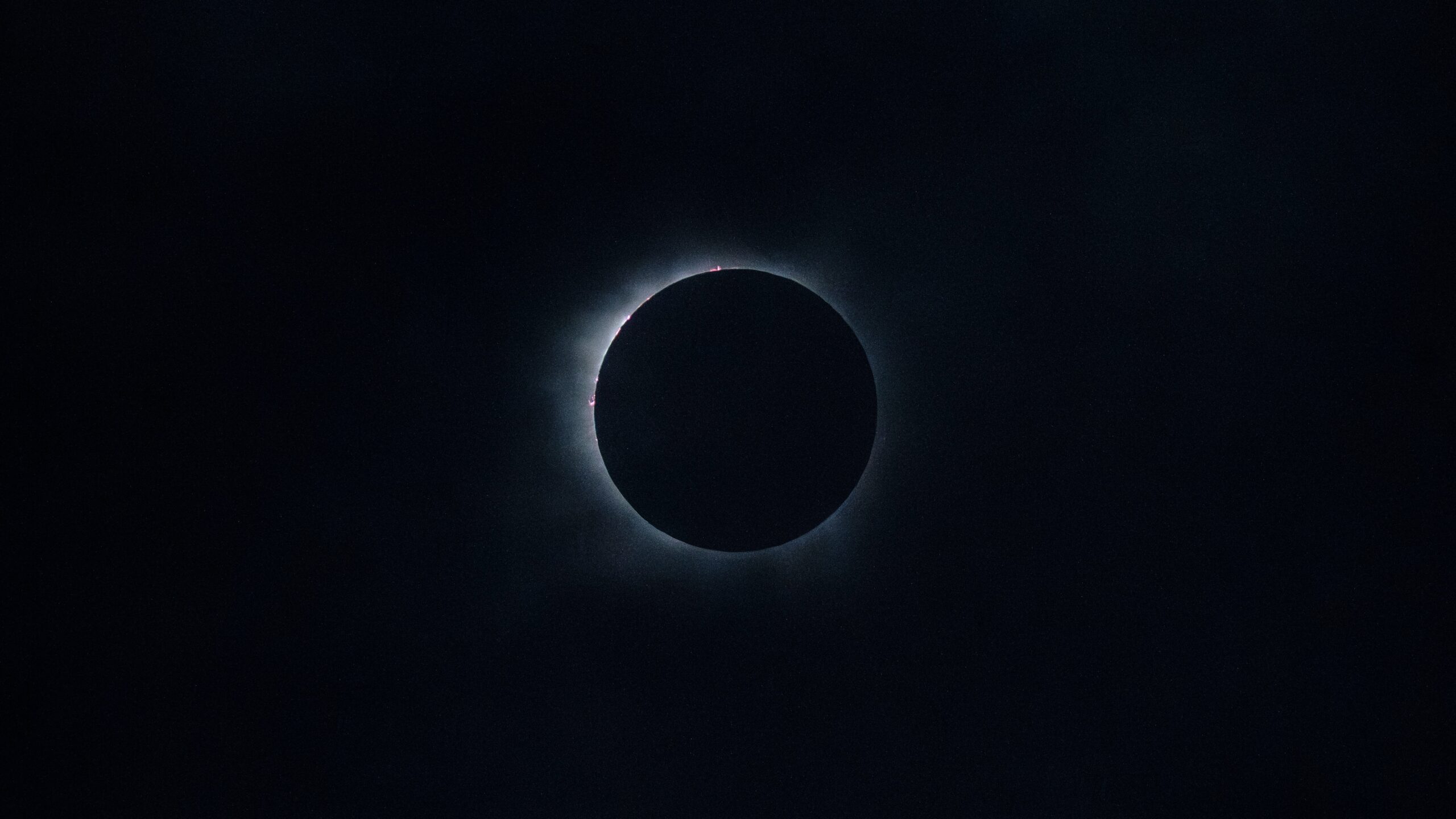
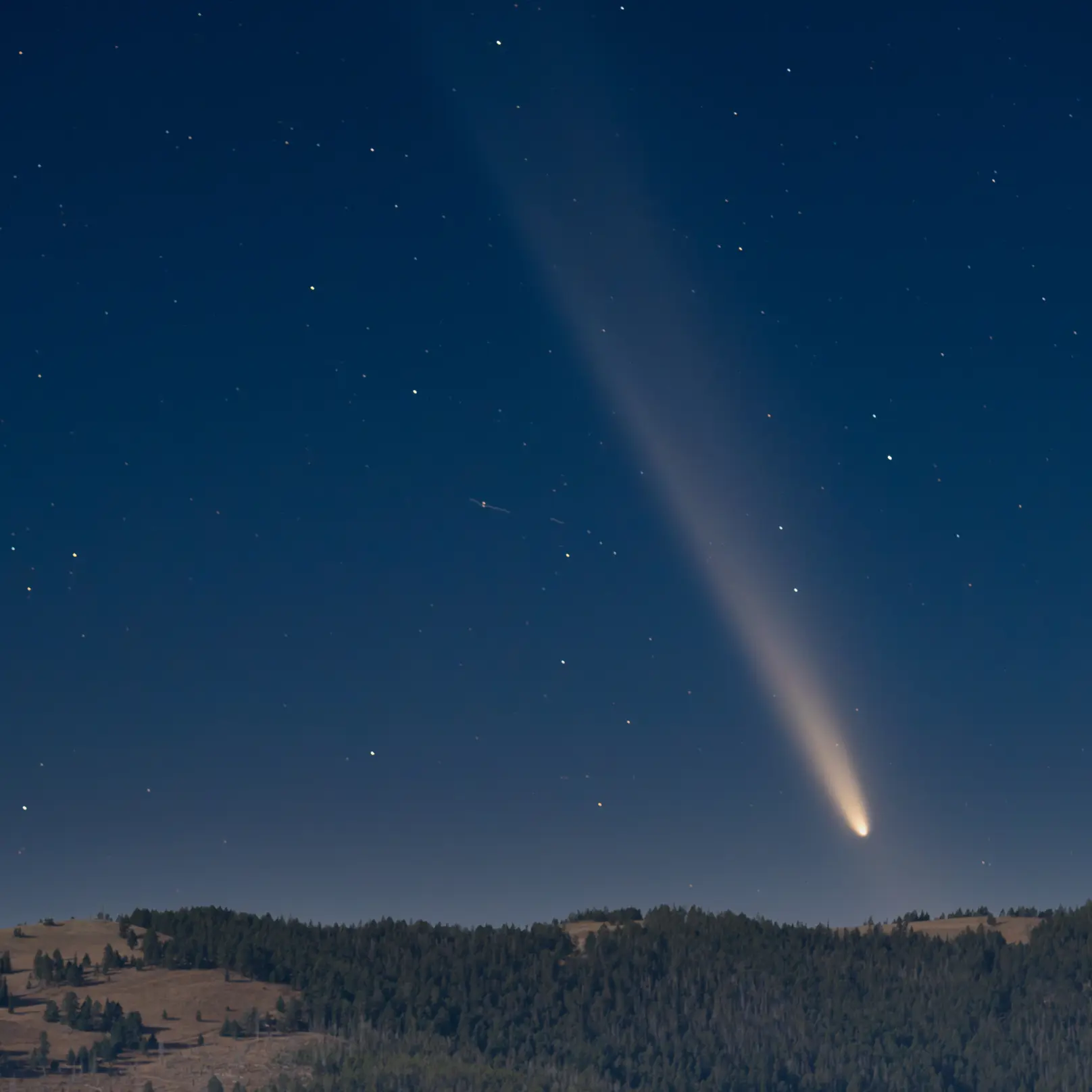
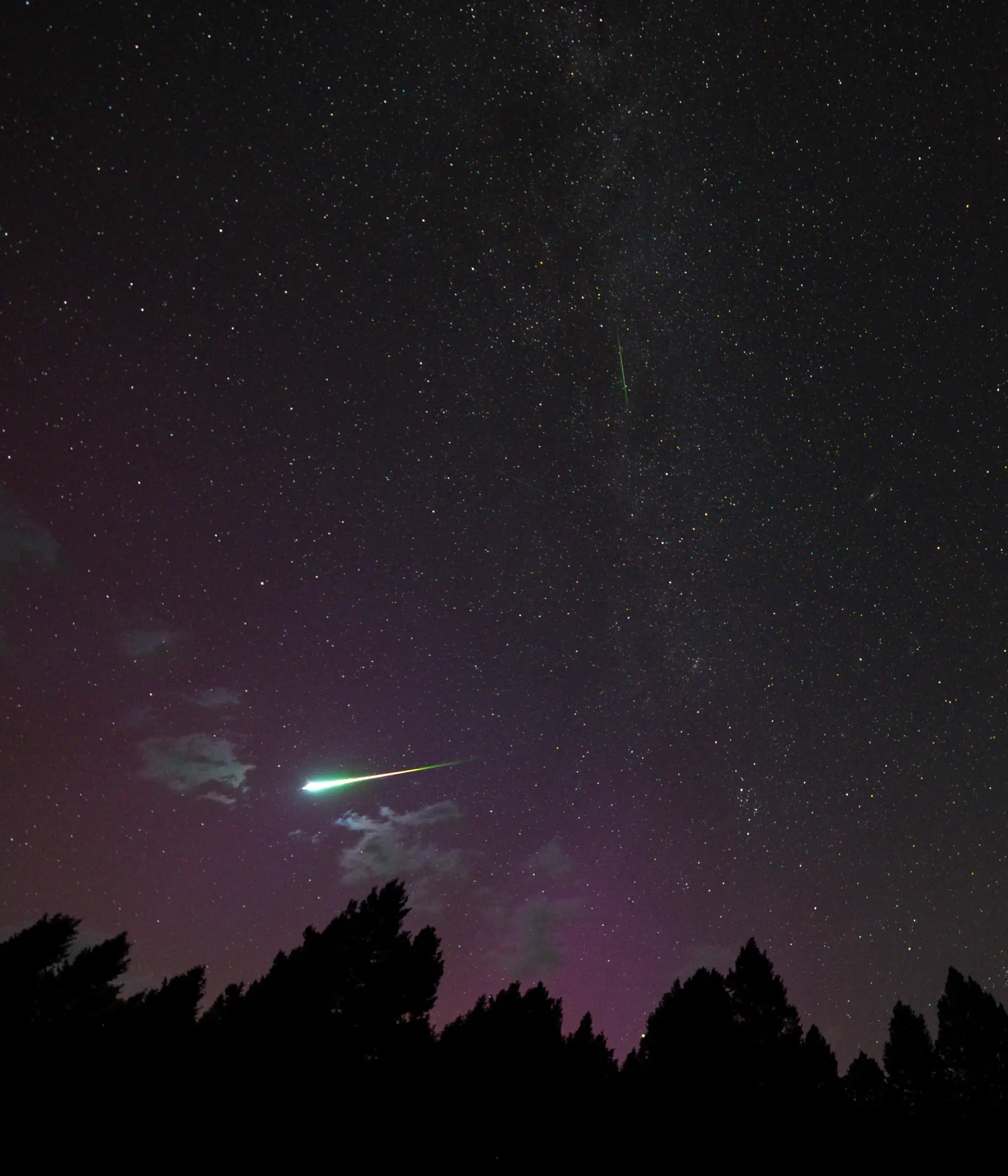
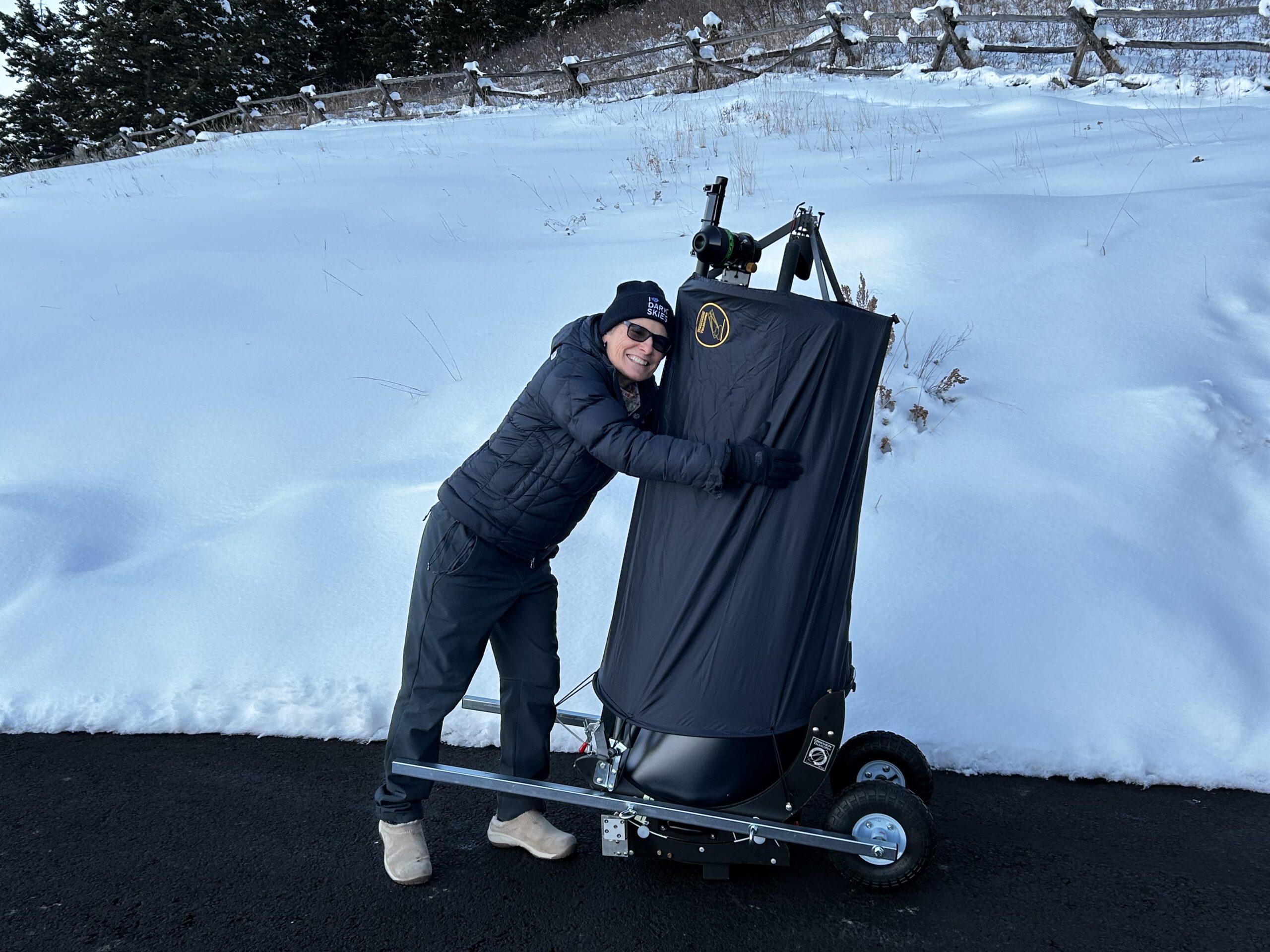
Let’s take a look at some astronomy gear I own and some recommendations for you to consider.
I recently bought an Obsession 15″ UC Dobsonian (pictured to the left). I also own a Celestron 9.25″ Schmidt-Cassegrain Telescope I am hoping to be my camping telescope.
I also own a 10″ Orion Skyquest Dobsonian which is a Newtonian Reflector mounted on a daisywheel base that moves left and right and up and down.
I own an Orion 150mm Maksutov-Cassegrain on a single fork arm electronic goto mount. This is an awesome telescope that sadly is no longer manufactured. Maksutov-Cassegrain telescopes are known for having very sharp views.
For star gazing in CA, I use a Meade LX90 8″ Schmidt-Cassegrain Telescope that is electronic and can locate objects in the night sky.
I also bought a used Orion 10″ Dobsonian to take camping in CA.
I own an iOptron electronic alt az Mount that is very compact and lightweight but can only handle up to 15 pounds of equipment. I use it with a small refractor when camping.
I own these refractors:
Orion EON 90mm Triplet
Orion EON 115mm Triplet
Skywatcher 150mm Doublet
Stellarvue 102mm Doublet
If you are thinking about buying a telescope, first ask yourself these questions: Do you know the phases of the moon, can you identify the planets and know where to find them, do you know the brightest stars and brightest constellations? If the answer is yes and you have gone out with your naked eye and maybe with binoculars and understand how the sky works and you understand the limitations on what you will see in the night sky due to light pollution, then you might be ready for a telescope. To understand what type of telescope would work best for you, for your observing location, and for the types of objects you intend to observe, then learn about the types of telescopes and determine what your budget is. Next decide how much weight you can lift now and when you get old and find out the weight of various telescopes. To learn more about these topics you can watch my video “Advice on Buying a Telescope” https://youtu.be/Elip2tleGzY
If you are a beginner, then the number one recommended telescope for you would be an 8″ or 203mm Dobsonian Telescope. It’s a lot of aperture for a reasonable price. I am standing next to a Dobsonian Telescope in the photo next to this post. They are long and bulky but they are very easy to set up and use and are the most aperture you can get for the lowest price of any type of telescope available to amateur astronomers.
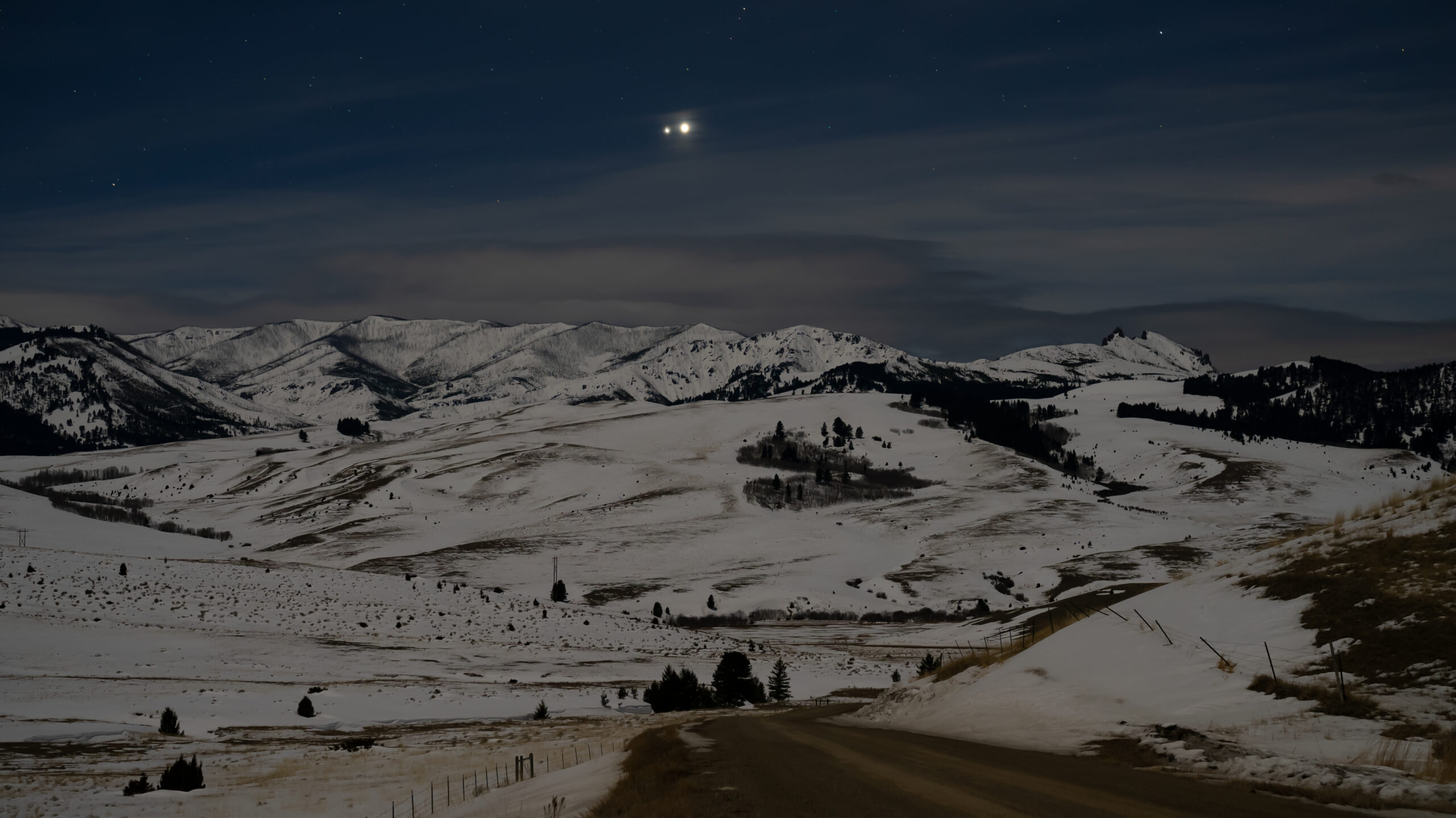
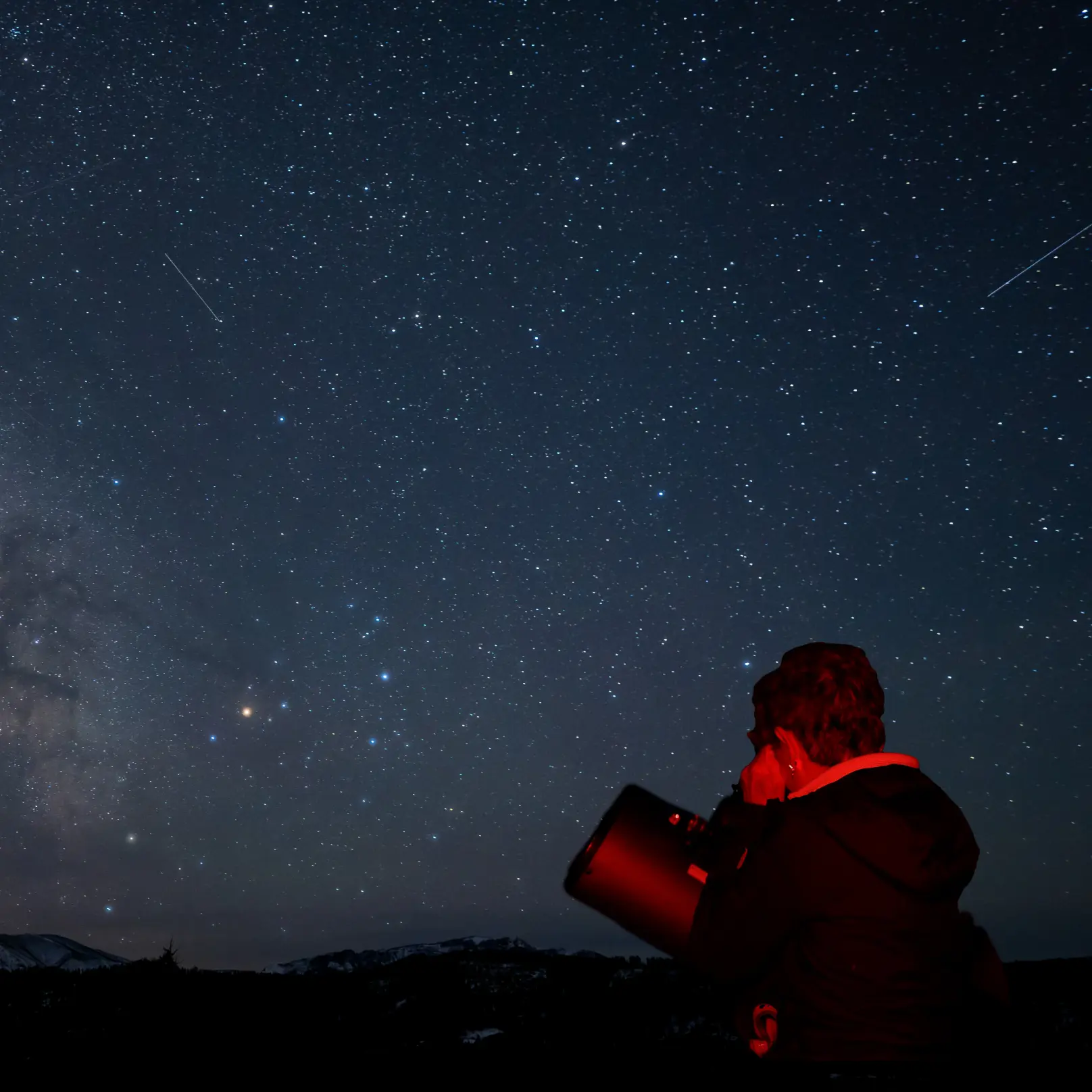
Find out what’s happening in the night sky each month with my Astronomy Calendar of astronomical events and also a list of upcoming star parties.
JUNE 2025
June 1:
Venus at Greatest Elongation at Dawn
June 2: First Quarter Moon
June 7: Arietid Meteor Shower, a day time meteor shower peaks with the highest activity in the morning before dawn.
June 9: Waxing Gibbous Moon near Antares
June 17, Mars will be very close to the bright star Regulus.
June 19, Saturn, the last quarter Moon, and Neptune will appear close together in the morning sky
June 21: Summer solstice; the first day of summer in the Northern Hemisphere.
June 22: the waning crescent Moon will be near Venus, providing a good sight for those observing in the early morning
June 26: Slender crescent Moon will be near Mercury in the western sky after sunset.
June 25: New Moon
UPCOMING STAR PARTIES:
Griffith Observatory
Los Angeles, CA
June 19-22, 2025
Cherry Springs Star Party
Cherry Springs State Park, PA
Golden State Star Party
June 25-29, 2025
Bieber, CA
Grand Canyon Star Party
June 21-28, 2025
Grand Canyon, AZ
Oregon Star Party
June 24-29, 2025
Ochoco National Forest, OR
Badlands National Park, SD
July 18-20, 2025
Annual Astronomy Festival
Multiple telescopes will be available for public viewing
Almost Heaven Star Party
August 22-26, 2025
Spruce Knob, WV
Great Lakes Star Gaze
September 25-28, 2025
Gladwin, MI
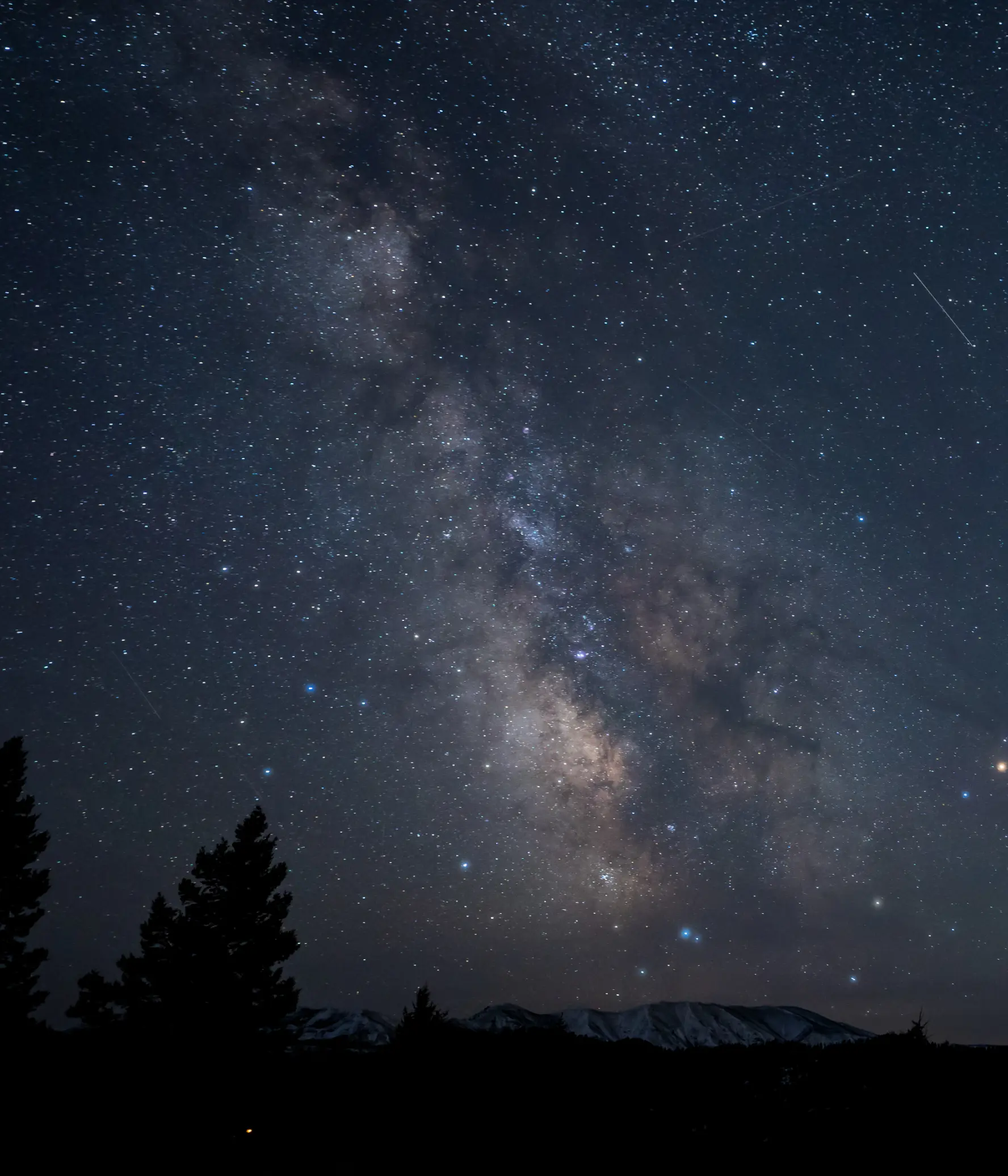
Get started with the right tools and tips, whether you’re a beginner or a seasoned observer. From telescopes to binoculars, Tsula has you covered for every stargazing need.
Two things that most beginners fail to adequately consider when getting into the hobby of amateur astronomy or when considering purchasing a telescope, are the devastating effects of light pollution on our hobby and how it limits what you can see in the night sky and how difficult it is to move around a large heavy telescope. Before purchasing a telescope I recommend that beginners first go out and learn the brightest stars, learn how the sky moves, and learn the major constellations as this will allow you to find things in the night sky more easily and appreciate the night sky more. Once you master those three things then you should try out using a simple pair of binoculars to locate objects. Then after using binoculars and your naked eye for a while and getting the hang of locating objects you might consider purchasing a telescope.
When you head out each night be sure to let your eyes get used to the dark or what we called dark adapted. Wait at least 15 minutes before you can expect your pupils to dilate enough to allow you to see things in the night sky.
If you have a telescope that you keep inside the house or garage, you must allow it about 30 minutes to reach thermal equilibrium with the night air temperature. If you don’t then the stars will appear fuzzy.
When you start out just start by looking around with your naked eye for something familiar. Most of the year you should be able to make out the Big Dipper if you face north and from there the Big Dipper will point you to other constellations. If it is winter time (in the northern hemisphere) you should be able to make out the bright constellation Orion the Hunter, which can even be seen from light polluted cities. Orion will then point you to other constellations in the winter sky.
Start out using a Planisphere or simple star chart or you can download a free app onto your smart phone called Stellarium that you hold up tot he sky and shows you what you are looking at. The problem with using these apps is that they will ruin your dark adaptation unless you put the phone in night mode and also they can only show you a small portion of the sky at any given time. So, I recommend an all sky chart. Once you learn the brightest stars and major constellations then you are ready to try out binoculars and after that then you might consider a telescope. But do your homework first.